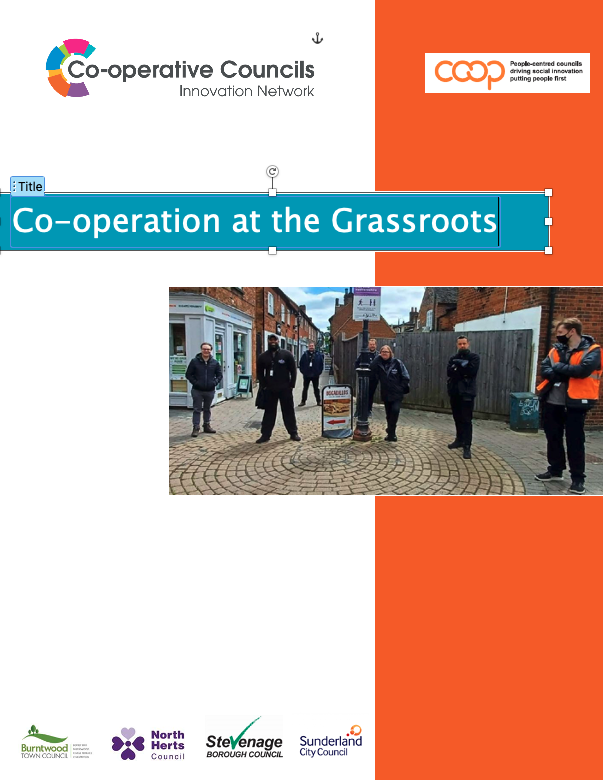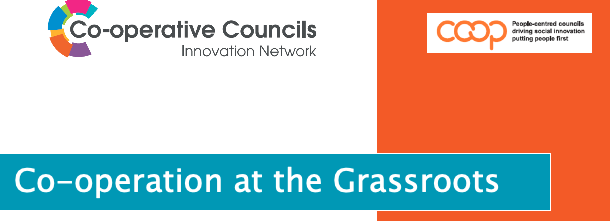Co-operation at the Grassroots: Burntwood Be A Friend – Video
- March 2022
We use cookies to help you navigate efficiently and perform certain functions. You will find detailed information about all cookies under each consent category below.
The cookies that are categorized as "Necessary" are stored on your browser as they are essential for enabling the basic functionalities of the site. ...
Necessary cookies are required to enable the basic features of this site, such as providing secure log-in or adjusting your consent preferences. These cookies do not store any personally identifiable data.
Functional cookies help perform certain functionalities like sharing the content of the website on social media platforms, collecting feedback, and other third-party features.
Analytical cookies are used to understand how visitors interact with the website. These cookies help provide information on metrics such as the number of visitors, bounce rate, traffic source, etc.
Performance cookies are used to understand and analyze the key performance indexes of the website which helps in delivering a better user experience for the visitors.
Advertisement cookies are used to provide visitors with customized advertisements based on the pages you visited previously and to analyze the effectiveness of the ad campaigns.


The partner councils: Burntwood Town Council, North Herts District Council, Stevenage Borough Council and Sunderland City Council, have been working together throughout the policy lab to demonstrate how co-operative councils can embed neighbourhood working to deliver better outcomes and better value for money, through a co-operative model of organisation and delivery at a local level. All four councils differ in their size, scope and resources and have been using the term of the policy lab to design and develop better ways of working co-operatively within their communities.
Burntwood Town Council is the smallest of the partners with a population of 26,000. Being a town council they have more limited capacity for direct delivery work. This has built a focus on supporting the development of innovative community groups and organisations to provide services to the people of Burntwood. Through this co-operative model, the council has ensured that community groups and services are maintained and that its limited resources are used effectively across the Town.
North Herts District Council covers a large area of Hertfordshire including rural and urban areas with an overall population of 134,000. Throughout the Covid pandemic, North Herts was able to work with its community partners specialising in Food Support, to design and develop a food network able to provide support and coverage across the district. This in turn meant that North Herts was able to ensure equity of access to support organisations for all of its communities.
Stevenage Borough Council caters to a population of roughly 87,000. The Co-operative Neighbourhood Programme adopted by SBC has divided the town into six Co-operative Neighbourhood areas, with dedicated ward councillors and officers forming a working group that consults, engages and delivers within the locality. This model has benefited the respective communities through enabling involvement, ownership and direction from residents and community stakeholders.
Sunderland City Council covers a large area with a population of 277,000. The development of “let’s talk” community events and engagement, highlighted the need for action within the Elemore area of Sunderland. This centred on the re-development of an abandoned golf course that, through re-wilding, is now an important environmental asset within the area. Local concerns over the use of the area for anti-social behaviour, had led to innovative ideas around turning it into a community park with opportunity to develop community wealth building programmes.
This report provides a summary of the co-operative models used by the partners as contained within the Policy Lab learning video.